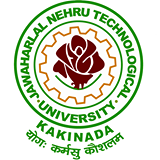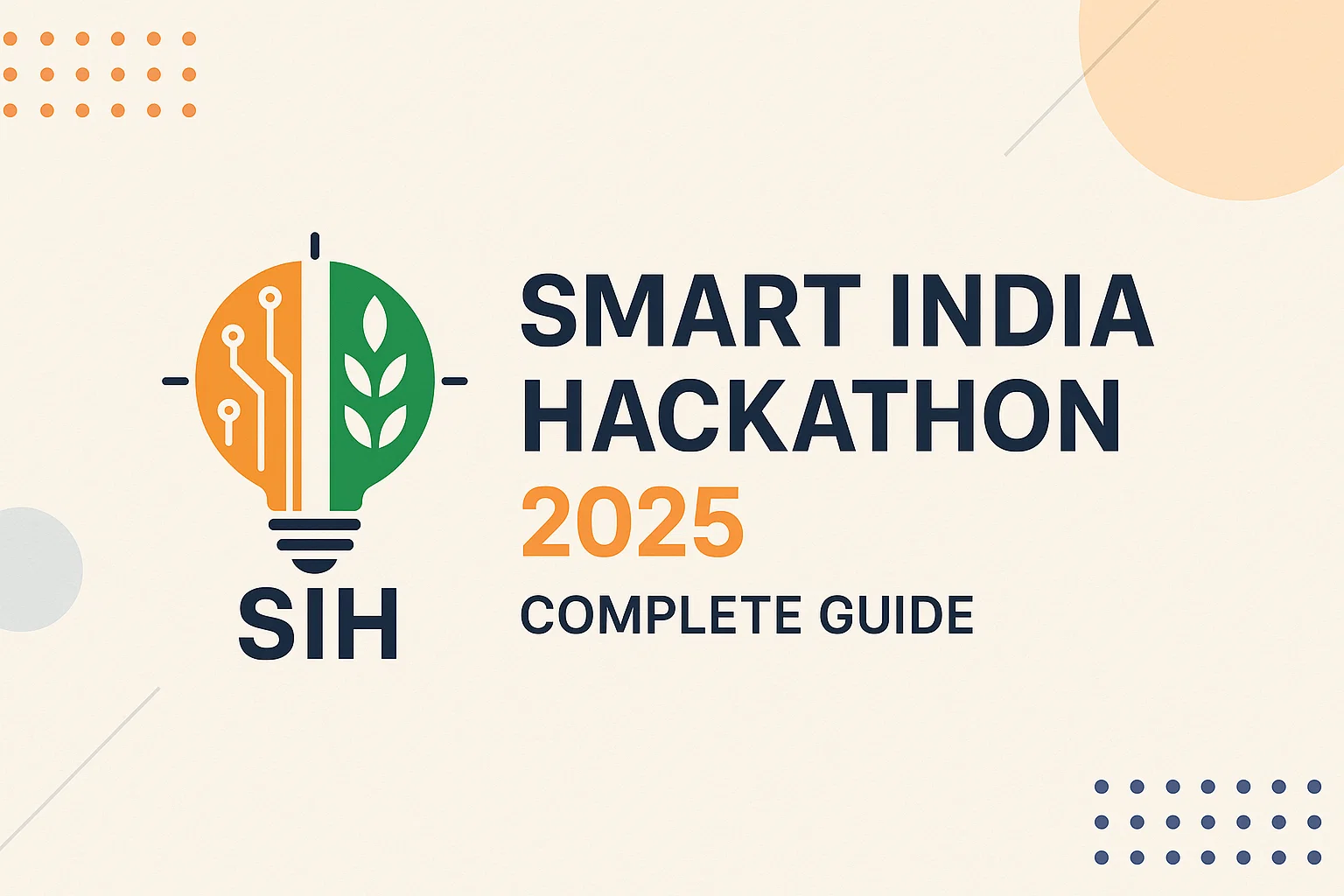DATA STRUCTURES
Course Objectives:
The objective of the course is to
- Introduce the fundamental concept of data structures and abstract data types
- Emphasize the importance of data structures in developing and implementing efficient algorithms
- Describe how arrays, records, linked structures, stacks, queues, trees, and graphs are represented in memory and used by algorithms
Course Outcomes:
After completing this course a student will be able to:
- Summarize the properties, interfaces, and behaviors of basic abstract data types
- Discuss the computational efficiency of the principal algorithms for sorting & searching
- Use arrays, records, linked structures, stacks, queues, trees, and Graphs in writing programs
- Demonstrate different methods for traversing tree.
UNIT I
Data Structures - Definition, Classification of Data Structures, Operations on Data Structures,
Abstract Data Type (ADT), Preliminaries of algorithms. Time and Space complexity.
Searching - Linear search, Binary search, Fibonacci search.
Sorting- Insertion sort, Selection sort, Exchange (Bubble sort, quick sort), distribution (radix
sort), merging (Merge sort) algorithms.
UNIT II
Linked List: Introduction, Single linked list, Representation of Linked list in memory,
Operations on Single Linked list-Insertion, Deletion, Search and Traversal ,Reversing Single
Linked list, Applications on Single Linked list- Polynomial Expression Representation
,Addition and Multiplication, Sparse Matrix Representation using Linked List, Advantages
and Disadvantages of Single Linked list, Double Linked list-Insertion, Deletion, Circular
Linked list-Insertion, Deletion.
UNIT III
Queues: Introduction to Queues, Representation of Queues-using Arrays and using Linked
list, Implementation of Queues-using Arrays and using Linked list, Application of Queues Circular Queues, Deques, Priority Queues, Multiple Queues.
Stacks: Introduction to Stacks, Array Representation of Stacks, Operations on Stacks, Linked
list Representation of Stacks, Operations on Linked Stack, Applications-Reversing list,
Factorial Calculation, Infix to Postfix Conversion, Evaluating Postfix Expressions.
UNIT IV
Trees: Basic Terminology in Trees, Binary Trees-Properties, Representation of Binary Trees using Arrays and Linked lists. Binary Search Trees-Basic Concepts,
BST Operations:
Insertion, Deletion, Tree Traversals, Applications-Expression Trees, Heap Sort, Balanced Binary Trees-AVL Trees, Insertion, Deletion and Rotations.
UNIT V
Graphs: Basic Concepts, Representations of Graphs-Adjacency Matrix and using Linked list, Graph Traversals (BFT & DFT), Applications-Minimum Spanning Tree Using Prims & Kruskals Algorithm, Dijkstra’s shortest path, Transitive closure, Warshall’s Algorithm.
Text Books:
- Data Structures Using C. 2ndEdition.Reema Thareja, Oxford.
- Data Structures and algorithm analysis in C, 2nded, Mark Allen Weiss.
ReferenceBooks:
- Fundamentals of Data Structures in C, 2nd Edition, Horowitz, Sahni, Universities Press.
- Data Structures: A PseudoCode Approach, 2/e, Richard F.Gilberg, Behrouz A.Forouzon, Cengage.
- Data Structures with C, Seymour Lipschutz TMH
e-Resources:
http://algs4.cs.princeton.edu/home/
https://faculty.washington.edu/jstraub/dsa/Master_2_7a.pdf
JNTUK R20 DATA STRUCTURES
netaji gandi
Sunday, May 8, 2022





